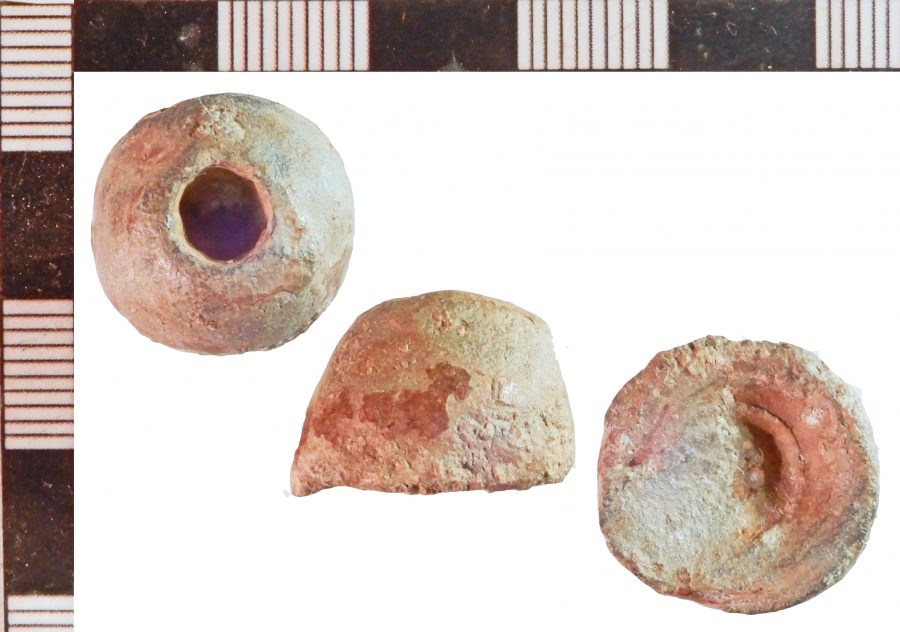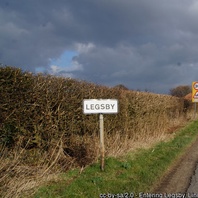
Description
Lead Weight (NLM-20FC79)
A plano-convex lead weight found near Legsby, Lincolnshire
This cast lead weight has an empty apical hole which may have held something at some point. The mass may suggest this to have represented four Viking age units of 4.07gms, as used for silver bullion transactions. It is also possible that this object was used as a gaming piece and thus it could have served a dual purpose.
Weights are an important form of evidence for Viking Age commerce and the use of standards across the different economic systems within which Vikings were integrated. Many of the weights discovered, particularly ones in Ireland and those of Arabic type, suggest that a standardized system of weights existed in some areas. These standard weights, alongside standard values of silver, are what allowed the bullion economy of Viking occupied areas to function. A bullion economy was a barter economy that relied on the exchange of set amounts of precious metal in various forms, such as arm-rings or coins, for tradable goods, such as food or textiles. Each merchant would have brought their own set of weights and scales to a transaction to make sure that the trade was conducted fairly.
Object Type
- Weight
Date
- circa 850 — 950
Ascribed Culture
Original/Reproduction
- Original
Material
Collection
- Viking Objects
Current Location
- Private Ownership
Keywords
- Economy, gaming_piece, lead, leisure, Lincolnshire, Portable_Antiquities_Scheme, trade, Viking, weight
Further information
You can see the original at Private Ownership.
Acknowledgements
(c) Portable Antiquities Scheme, CC BY-SA 2.0
References
Kilger, Christoph. “Hack-silver, weights and coinage: the Anglo-Scandinavian bullion coinages and their use in late Viking-Age society.” In James Graham-Campbell et al. ed. Silver Economies, Monetisation and Society in Scandinavia, AD 800-1100. (Aarhus: Universitetsforlag, 2011), p. 259-280.

